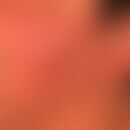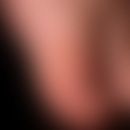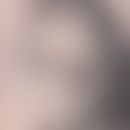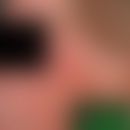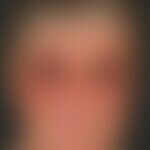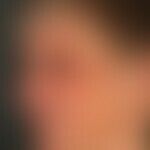HistoryThis section has been translated automatically.
DefinitionThis section has been translated automatically.
Congenital poikiloderma characterized by the absence of consanguineousness, cataract, leukoplakia, blisters and verrucous keratoses, in contrast to the other congenital poikiloderma.
Because of the poor prognosis and high probability of degeneration of congenital poikiloderma with warty hyperkeratoses(Rothmund-Thomson syndrome), it is separated from Thomson syndrome by some authors, although they are the same genotype.
You might also be interested in
EtiopathogenesisThis section has been translated automatically.
Autosomal recessive mutations of the RECQL4 gene (formerly: Rothmund-Thomson gene/RTS gene). RECQL4 stands for "RecQ Like Helicase 4" and is a protein coding gene located on chromosome 8q24.3. The protein RECQL4, encoded by this gene, is a DNA helicase belonging to the family of RecQ helicases.
ManifestationThis section has been translated automatically.
ClinicThis section has been translated automatically.
Integument: Pale red, sometimes patchy, swollen skin. Development of reticulated telangiectasias, confluent pigmented spots, and well-demarcated depigmentation. Atrophic, dry, finely lamellar scaling skin. Partial lichenoid papules on the dorsum of the hand. Hypotrichosis (eyebrows, eyelashes, scalp).
Other symptoms: deformity or aplasia in the skeletal system. Triangular face, dental anomalies.
Differential diagnosisThis section has been translated automatically.
External therapyThis section has been translated automatically.
Operative therapieThis section has been translated automatically.
Note(s)This section has been translated automatically.
The distinction between Thomson syndrome and Rothmund-Thomson syndrome is no longer common today. In this respect, the name Rothmund-Thomson syndrome prevails. This syndrome, as well as Baller-Gerold syndrome, and RAPADILINO syndrome are associated with mutations in the RECQL4 gene. Because of the multiple overlapping signs and symptoms of these syndromes, it is believed to be a single syndrome with distinct phenotypes with overlapping symptoms.
LiteratureThis section has been translated automatically.
- Baller F (1950) Radius aplasia and inbreeding. Z. Menschl. Vererb. Konstitutionsl 29: 782-790.
- Binder B et al (2002) Congenital bullous poikiloderma (Kindler syndrome). Dermatologist 53: 546-549
- Cohen MM et al (1996) Is there a Baller-Gerold syndrome? (Editorial) Am. J Med Genet. 61: 63-64.
- Gerold M (1959) Fracture healing in a rare case of congenital anomaly of the upper limbs. (Healing of a fracture in an unusual case of congenital anomaly of the upper extremities). Zbl. Chir. 84: 831-834.
- Kääriäinen H et al. (1989) RAPADILINO syndrome with radial and patellar aplasia/hypoplasia as main manifestations. In: American journal of medical genetics 33: 346-351.
- Lu H et al (2011) Human RecQ helicases in DNA double-strand break repair. Front Cell Dev Biol9:640755.
- Megarbane A et al (2000) Overlap between Baller-Gerold and Rothmund-Thomson syndrome. Clin. Dysmorph. 9: 303-305.
- Siitonen HA et al. (2003) Molecular defect of RAPADILINO syndrome expands the phenotype spectrum of RECQL diseases. In: Human Molecular Genetics 21: 2837-2844.
- Thomson MS (1936) Poikiloderma congenitale. Brit J Derm 48: 221-234
- Van Maldergem L et al (2006) Revisiting the craniosynostosis-radial ray hypoplasia association: Baller-Gerold syndrome caused by mutations in the RECQL4 gene. J Med Genet 43: 148-152.
- Van Maldergem L et al. (2022) In: Adam MP et al. GeneReviews [Internet]. Seattle (WA): University of Washington, Seattle; 1993-2022.
Incoming links (6)
Berlin syndrome; Elastosis perforans serpiginosa; Poikiloderma, congenital with warty hyperkeratosis; Rothmund-thomson syndrome; Teleangiectasia; Teleangiectasia;Outgoing links (18)
Baller-Gerold syndrome; Bubble; Cataract; Depigmentation; Hyperkeratoses; Hypotrichosis; Kindler syndrome; Laser; Leukoplakia; Light stabilizers; ... Show allDisclaimer
Please ask your physician for a reliable diagnosis. This website is only meant as a reference.
